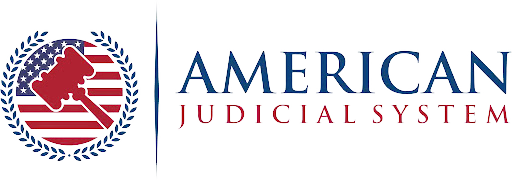Welcome to our guide on the newly passed “No Surprises Act” and other key aspects of healthcare billing.
Nothing is more disastrous than opening up a piece of mail and seeing that you owe a ton of money for healthcare services you never received. Or worse, your insurance company dropped the ball.
The legislation behind the “No Surprises Act” is crucial to protecting patients from unexpected and often exorbitant medical bills. This guide will help to empower you with the knowledge you need to navigate the complex world of healthcare billing.
Understanding the “No Surprises Act”
It targets out-of-network providers or facilities that may bill you for services received without prior knowledge of being out-of-network. This can result in a high “balance bill” – the difference between what your insurance covers and the cost of the out-of-network service.
The Act aims to eliminate these surprise medical bills and protect patients from incurring financial burdens due to receiving care from an out-of-network provider. So, this Act isn’t about protecting people from medical malpractice. Instead, it’s about protecting them from unexpected burdens from their healthcare provider or insurance company.
The Impact of the “No Surprises Act” on Patients
The No Surprises Act has the potential to provide significant relief to patients who have been burdened with unexpected medical bills. Banning some out-of-network charges and balance billing for certain services will help protect patients from incurring high healthcare costs that they were not expecting.
Additionally, the Act requires transparency from healthcare providers and facilities regarding patient protections against balance billing and complaint processes for violating these protections.
1. Understanding Medical Services Coding: The Building Blocks of Healthcare Billing
Medical coding is the process of turning medical documents into standardized codes to describe diagnoses and procedures. They are the foundation for healthcare billing, allowing providers and insurance companies to communicate and process claims.
In the modern era, most medical practices use software like The Charge Capture Platform or something similar to keep coding errors to a minimum. But it used to be commonplace.
The most commonly used coding system in healthcare is called the International Classification of Diseases (ICD) code set, which classifies diseases, injuries, and health conditions.
Another coding system is the Current Procedural Terminology (CPT) code set, which describes medical procedures and services. Understanding these coding systems can help patients better comprehend their bills and identify potential errors.
2. The Role of Health Insurance in Determining Your Medical Bills
Depending on your coverage, your health plan will typically cover a portion of the cost of any medical services you receive. However, it’s essential to understand that not all services may be covered under your specific plan.
Before receiving any services, review what is and isn’t covered by your insurance and communicate with your provider to avoid any unexpected costs. Additionally, knowing the terminology used by insurance companies can help you better navigate the complex world of healthcare billing.
3. Decoding Explanation of Benefits (EOB) and Medical Bill Statements
Explanation of Benefits (EOB) and medical bill statements are two documents that patients will receive after visiting a healthcare provider. The EOB is issued by your insurance company and explains what services were covered, how much you may owe, and any remaining balance or deductibles.
The medical bill statement comes from your healthcare provider and outlines the services you received and the associated costs. Understanding how to read both documents can help patients identify discrepancies in their bills.
Final Thoughts On The No Surprises Act
Navigating the intricacies of healthcare billing can make your head spin. However, understanding key aspects like the “No Surprises Act,” medical services coding, the role of health insurance, and the explanation of benefits can significantly ease this process.
Furthermore, distinguishing between co-pays, deductibles, and out-of-pocket maximums can empower you to make informed decisions about your healthcare expenses. With this knowledge, you can confidently approach healthcare billing, ensuring you are adequately protected against unexpected costs and maximizing the benefits of your health insurance.










